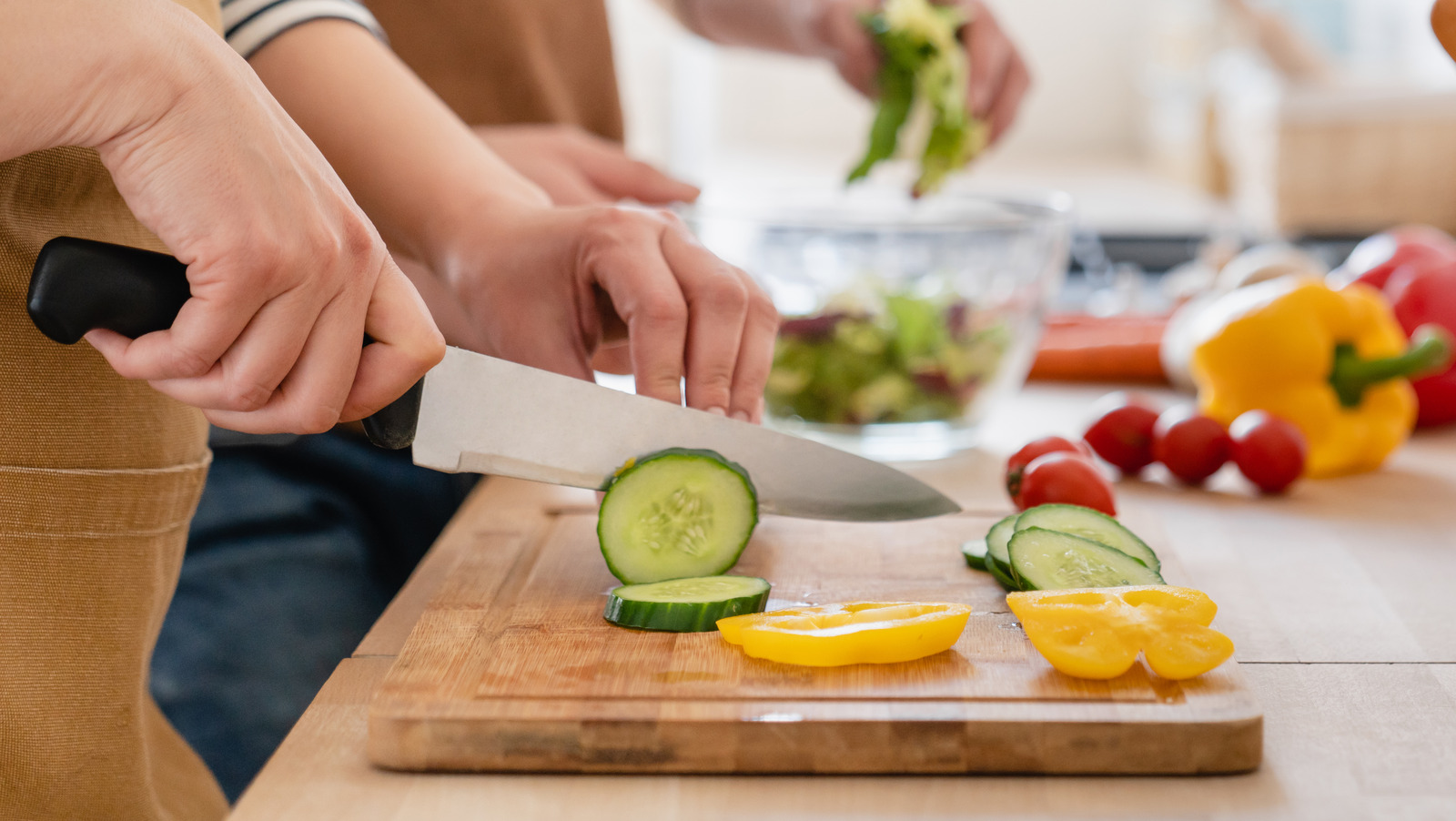Creating your own kitchen items can be incredibly rewarding. In this guide, we will explore how to make a simple cutting board that is perfect for any culinary professional. Cutting boards are essential tools in every kitchen, and having one thats tailor-made can enhance your food preparation experience.
Whether you are preparing meats, vegetables, or fruits, a cutting board makes the process easier and more hygienic. Lets dive into the process of crafting a cutting board from scratch, ensuring it not only meets your culinary needs but also boasts aesthetic appeal.

Understanding the Importance of a Good Cutting Board
Before we delve deep into the crafting process of how to make a simple cutting board, its essential to understand why quality cutting boards matter. Professional chefs often recommend utilizing specific boards for specific tasks. For example, color-coded boards can help prevent cross-contamination, ensuring food safety.
Investing time into creating a cutting board tailored to your needs will help improve both efficiency and safety in food preparation. You will find it sturdy enough for rigorous use and aesthetically pleasing for entertaining guests.
Essential Materials for Your Cutting Board
To begin our project, lets go over the key materials. When considering how to make a simple cutting board, the choice of wood is incredibly important. Common types of wood for cutting boards include:
- Maple
- Walnut
- Bamboo
- Cherry
Maple is often favored in professional kitchens because it is durable and has antimicrobial properties. Choose the wood that suits your style and intended use.
Tools Required
Next, gather the necessary tools for crafting your cutting board.
- Measuring tape
- Saw (table saw or circular saw)
- Sanding block or electric sander
- Wood glue
- Clamps
- Food-safe mineral oil for finishing
With these tools in hand, you are all set to proceed. Having the right tools makes the process smoother and ensures a quality product.
Step-by-Step Process
Step 1: Measure and Cut Wood
Begin by measuring the desired dimensions of your cutting board. A standard size is usually 18x24, but you can customize it according to your kitchen space. Cut your wood to the specified size.
Step 2: Create a Glue Joint (Optional)
If you want a larger board, you'll need to join pieces of wood together. Apply wood glue to the edges and clamp them together until the glue has set. This creates a more robust surface and can give your board a unique look.
Step 3: Sand the Surface
Once the glue has dried completely, use a sanding block or an electric sander to smooth the surface of your cutting board. Start with coarse sandpaper (like 80-grit) and gradually move to finer grits (like 220-grit) for a smooth finish.
Step 4: Add Finishing Touches
After sanding, clean your board with a damp cloth to remove any dust. Now is the time to apply food-safe mineral oil which protects the wood. Use a clean cloth to generously apply the oil, allowing it to soak in. Repeat this process every few weeks to maintain the boards longevity.
Care and Maintenance of Your Cutting Board
To ensure your cutting board lasts for years, proper care is essential. Regularly oil your board and wash it using mild soap and warm water. Avoid soaking it in water as that can cause warping. For further tips on caring for your cutting board, read about cutting board care.

Frequently Asked Questions
What type of wood is best for a cutting board?
Hardwoods such as maple and walnut are most recommended because they are durable and maintain their quality over time.
How often should I oil my cutting board?
You should oil your cutting board approximately once a month or whenever it looks dry.
Can I put my cutting board in the dishwasher?
No, it is not advisable to put wooden cutting boards in the dishwasher. Hand washing with mild soap is the best method for cleaning.
As an Amazon Associate, I earn from qualifying purchases.


























